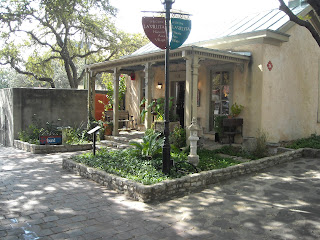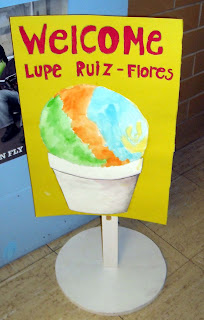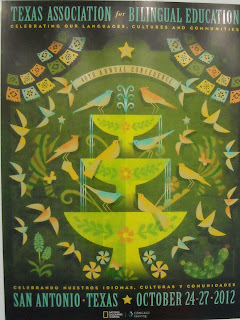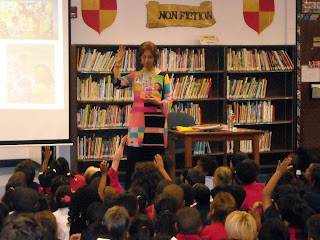Do you have trouble understanding your character? I know. I know. As writers, we’re told to do a character sketch to learn our character’s physical characteristics, fears, flaws, desires, etc. But sometimes, we are still stuck.
She mentions that “ … every role may carry different weight in the plot and in each scene as the character adjusts the role he plays according to his current status, situation, interaction, and desires. Just as we adjust the way we act according to the different situations we encounter, our characters step into and out of their roles.”
She gives us an example: “A character’s attempt to change her role, and her resulting success or failure, is at the heart of many books. The tale of Cinderella, who switched from the role of a servant to that of a princess, is an example of this type of story.”
I found her article absolutely fascinating. You will too.
 |
| Sandia Mountains |
“Touch magic–pass it on.” — Jane Yolen














